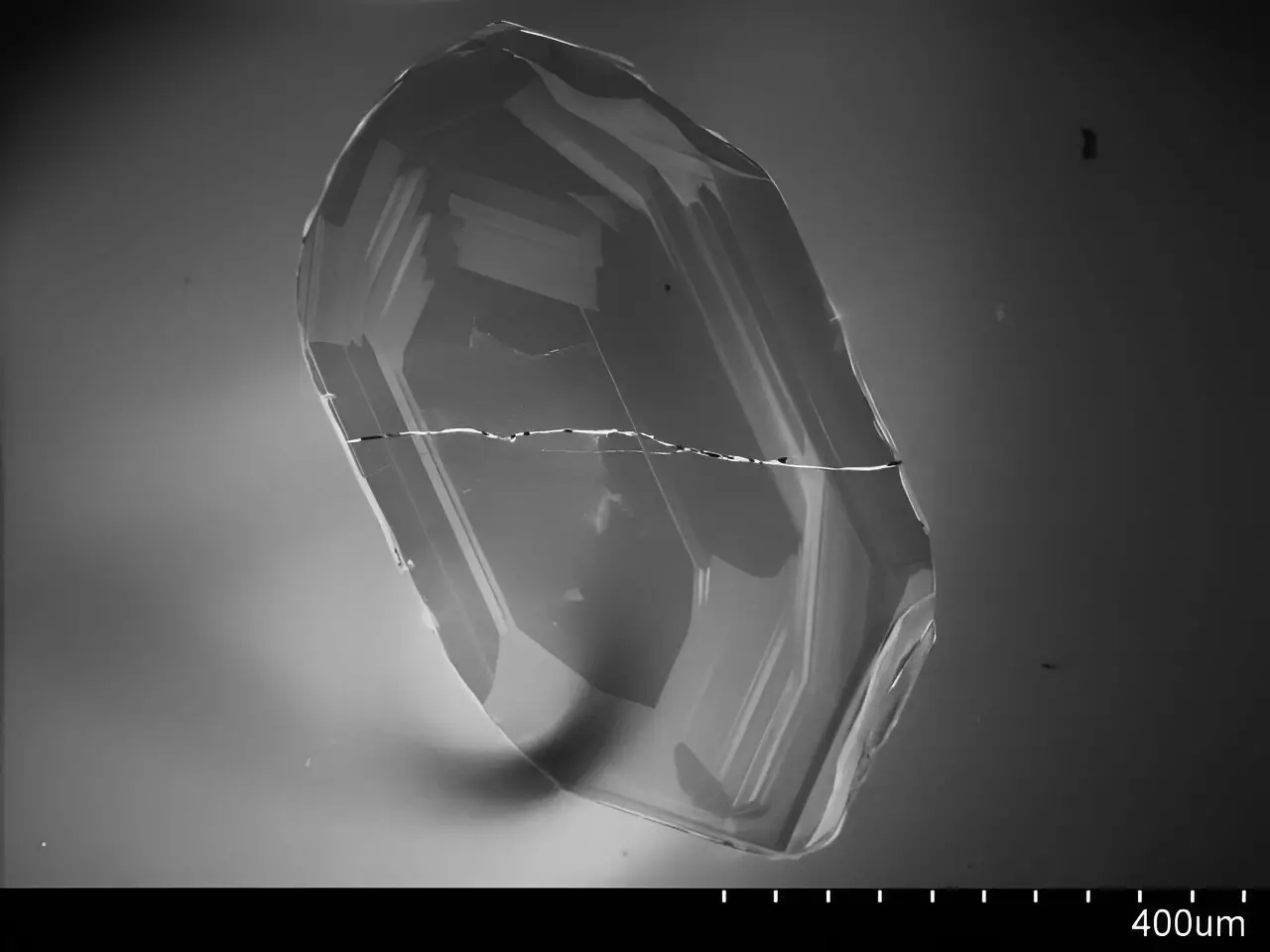Recent research has provided a compelling insight into the early dynamics of Earth’s crust, suggesting that the mechanisms driving plate tectonics four billion years ago may have more in common with today’s processes than previously believed. This finding comes from a group of researchers who explored zircon minerals embedded in some of the planet’s oldest crustal formations. Their study, published in the *Proceedings of the National Academy of Science*, sheds light on how tectonic processes have shaped not just the Earth’s structure, but potentially the evolution of life itself.
Zircons, known for their remarkable resilience to weathering and alteration, served as the focal point of this study. The researchers specifically investigated zircons from the Acasta Gneiss Complex and the Saglek-Hebron Complex, both dating back billions of years. By examining these ancient minerals, the team was able to uncover vital information about the tectonic environment during the Earth’s formative years. Unlike previous theories that suggested a linear evolution of tectonic styles, their findings indicated that a diversity of tectonic actions coexisted during that era, mirroring the variety observed today.
The findings of this research signify more than just a revision of geological timelines; they raise fascinating questions about the conditions under which life emerged on Earth. Lead author Emily Mixon emphasized the critical role of plate tectonics in regulating essential elements like carbon and water over geological timescales. Such movements not only influence the distribution of landmasses but also contribute significantly to the planet’s habitability. As tectonic plates recycle crust and generate new geological features, these processes may have created stable environments ripe for the development of early life.
Understanding Earth’s ancient tectonic activity also has broader implications for planetary science. By establishing a better foundation of early tectonic dynamics, researchers can draw parallels with other celestial bodies. This knowledge could inform the search for habitable conditions beyond our planet. If early planetary development mirrors what has been observed on Earth, it could enhance our understanding of other potentially habitable worlds in the solar system and beyond.
This groundbreaking research reinforces the idea that our Earth’s formative geological processes were more complex and varied than once thought. The findings challenge conventional narratives regarding the progression of tectonic styles and underline the significance of ongoing studies of ancient materials like zircon, which offer unparalleled glimpses into the planet’s past. This exploration not only enriches our understanding of Earth’s geological history but also propels us closer to unveiling the mysteries of life’s evolution and the exploration of other planets capable of supporting life. The dynamic interplay of geological forces continues to be a vital area of study for both understanding our world and searching for others.


Leave a Reply